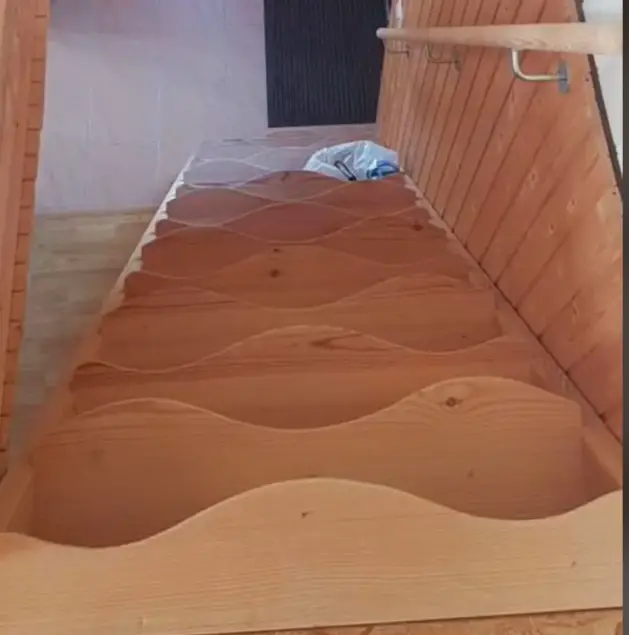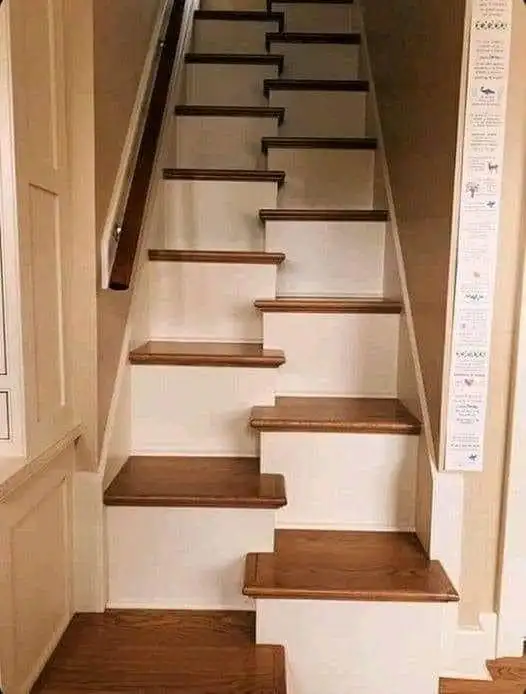In the past few years, a unique design feature called “witches’ stairs” has become popular on social media sites like TikTok. The background of witches’ steps is not at all magical, despite their interesting name. In fact, these space-saving stairs have a useful and interesting history.
Witches’ stairs, which are also called alternate step stairs, were made to save room in homes, especially in small homes, attics, and lofts. Each step is half as wide as a normal stair, and they are spaced out to make the best use of the available room. This clever design makes it easier to climb and gives you more space to store things.

Scott Schuttner, who wrote “Basic Stairbuilding,” says that the rotating tread plan is better because it gives you more free track area. There are also safety and building code rules in the United States that say witches’ stairs are okay.
This type of stairs has been around since 1985, when businessman J.M. Lapeyre invented a metal version of it. Although witches’ stairs were first made for use in factories and businesses, they are now also being used in homes.
Witches’ steps have a useful history, but they have also been covered in myths and legends. A well-known urban tale says that the stairs were built in the 1600s to keep witches away during the Salem witch trials. But scholars have disproved this idea because there isn’t enough proof to back it up.
In fact, the form of witches’ steps has been written about in several architecture books, such as “Monckton’s One Plane Method Of Hand Railing and Stair Building,” which came out in 1888. The real history of witches’ stairs may not be as exciting as the stories about them, but their unique shape and usefulness make them an interesting part of building history.


